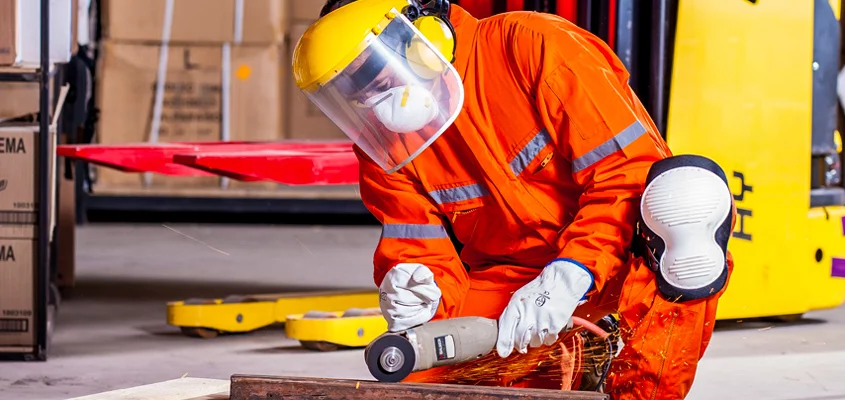
Comparative Analysis of Different Types of Industrial Coveralls: Choosing the Right Protection for Your Workplace
In the dynamic landscape of industrial safety, the choice of appropriate protective gear is paramount. Industrial coveralls play a crucial role in safeguarding workers from various occupational hazards, ranging from chemical spills to fire-related risks. However, with a multitude of options available in the market, selecting the right type of coverall for specific industries can be a daunting task. This blog aims to provide a comprehensive comparative analysis of different types of industrial coveralls, shedding light on their materials, features, and suitability for various work environments.
Disposable Coveralls
Materials: Disposable coveralls are typically made from lightweight materials such as polyethylene or polypropylene. These materials offer basic protection against dust, dirt, and non-hazardous liquid splashes.
Features:
- Cost-effective
- Breathable
- Easy to don and doff
- Limited protection against chemicals and liquids
- Suitable for short-duration tasks
Suitability: Disposable coveralls are ideal for industries with low-risk exposure, such as food processing, cleaning services, and light manufacturing. They are a cost-efficient option for tasks that require a quick change of protective gear.
Chemical-Resistant Coveralls
Materials: Chemical-resistant coveralls are crafted from materials like Tyvek, PVC, or neoprene. These materials provide a barrier against hazardous chemicals and liquids.
Features:
- Excellent chemical resistance
- Durable and tear-resistant
- May include attached hoods and boots for full-body protection
- Sealed seams for enhanced liquid protection
- Limited breathability
Suitability: Industries dealing with chemical processing, pharmaceuticals, and hazardous waste management benefit from chemical-resistant coveralls. These coveralls are crucial for protecting workers from exposure to corrosive substances and toxic chemicals.
Flame-Resistant Coveralls
Materials: Flame-resistant coveralls are constructed from materials such as Nomex, Kevlar, or flame-resistant treated cotton. These materials provide protection against flames and heat.
Features:
- Self-extinguishing properties
- High resistance to flames and heat
- Durable and long-lasting
- May include reflective strips for visibility
- Limited breathability
Suitability: Industries where workers face the risk of fire, such as welding, foundries, and oil and gas, require flame-resistant coveralls. These coveralls are designed to minimize burn injuries and provide a critical layer of protection in high-temperature environments.
Biological Hazard Coveralls
Materials: Coveralls designed for protection against biological hazards are typically made from materials like microporous film or other impermeable fabrics. These materials offer a barrier against infectious agents.
Features:
- Protects against biological hazards
- Sealed seams to prevent penetration
- May include integrated hoods and boots
- Limited breathability
Suitability: Industries dealing with infectious materials, such as healthcare, laboratories, and waste management, require biological hazard coveralls. These coveralls are essential for safeguarding workers from exposure to bacteria, viruses, and other biological contaminants.
Multi-Hazard Coveralls
Materials: Multi-hazard coveralls are designed to offer protection against a combination of hazards, such as flames, chemicals, and arc flashes. They often incorporate a blend of flame-resistant materials with chemical-resistant coatings.
Features:
- Comprehensive protection against multiple hazards
- Durable and versatile
- May include additional features like high-visibility strips
- Limited breathability
Suitability: Industries with diverse hazards, such as petrochemical plants, electrical utilities, and heavy manufacturing, benefit from multi-hazard coveralls. These coveralls provide a holistic approach to protection, ensuring workers are shielded from various potential risks.
In the realm of industrial safety, choosing the right type of coverall is crucial to ensuring the well-being of workers and minimizing the risk of occupational accidents. The comparative analysis provided in this blog highlights the distinctive features, materials, and suitability of different types of industrial coveralls. Whether it’s the cost-effective disposable coveralls for light tasks or the specialized multi-hazard coveralls for complex environments, each type serves a specific purpose in safeguarding workers against potential hazards. By understanding the unique requirements of your industry, you can make an informed decision and provide your workforce with the optimal level of protection.





